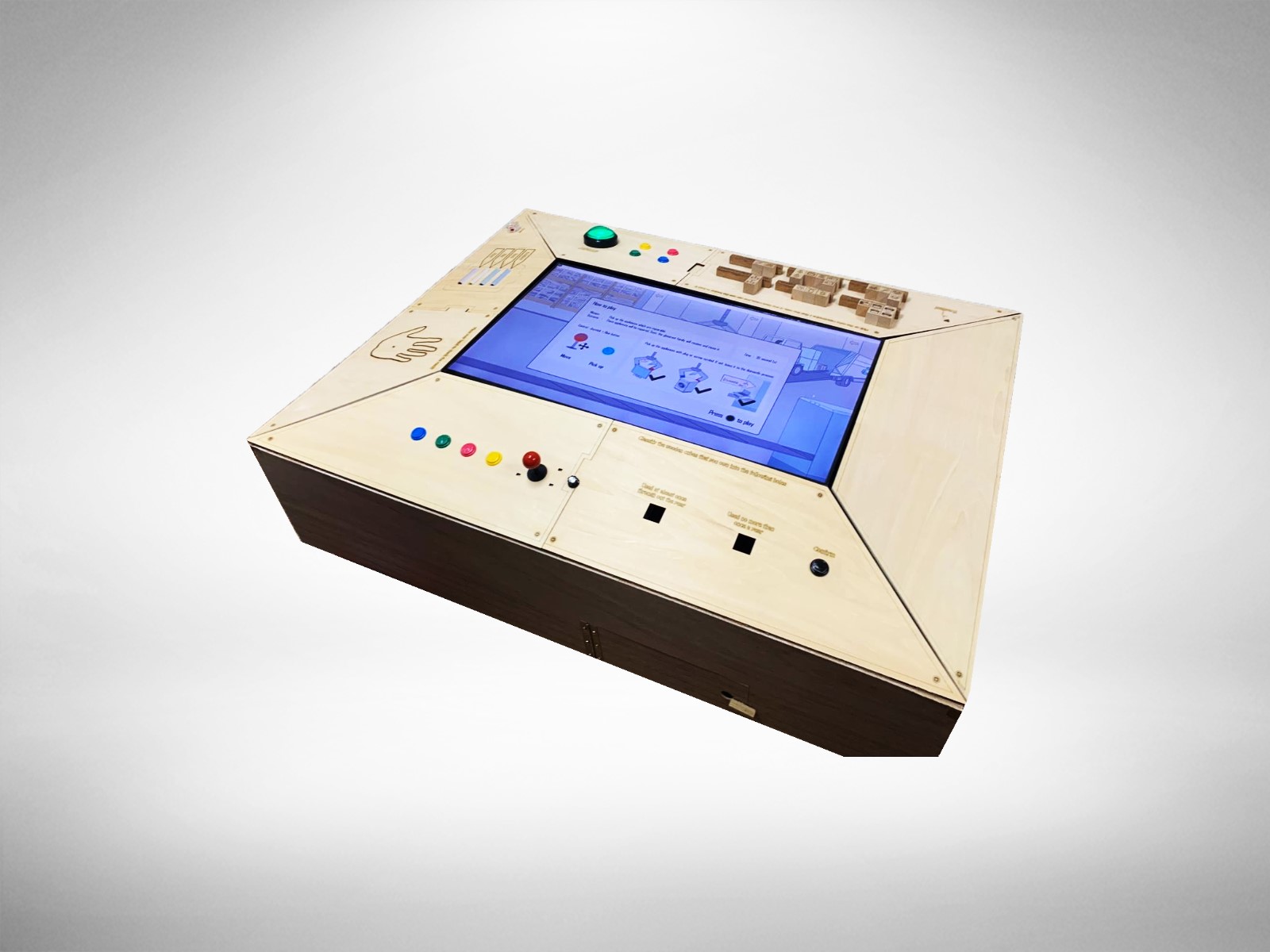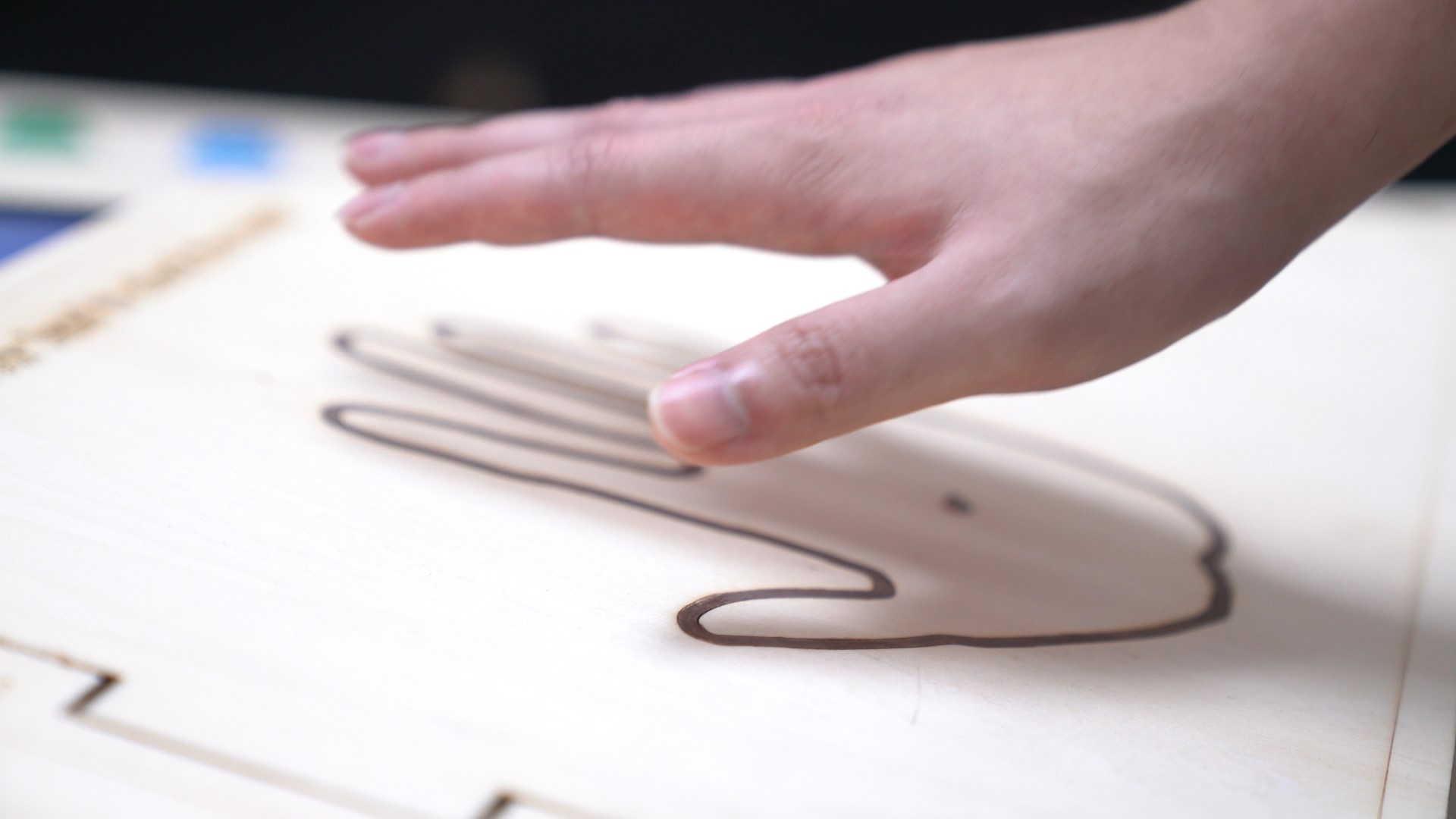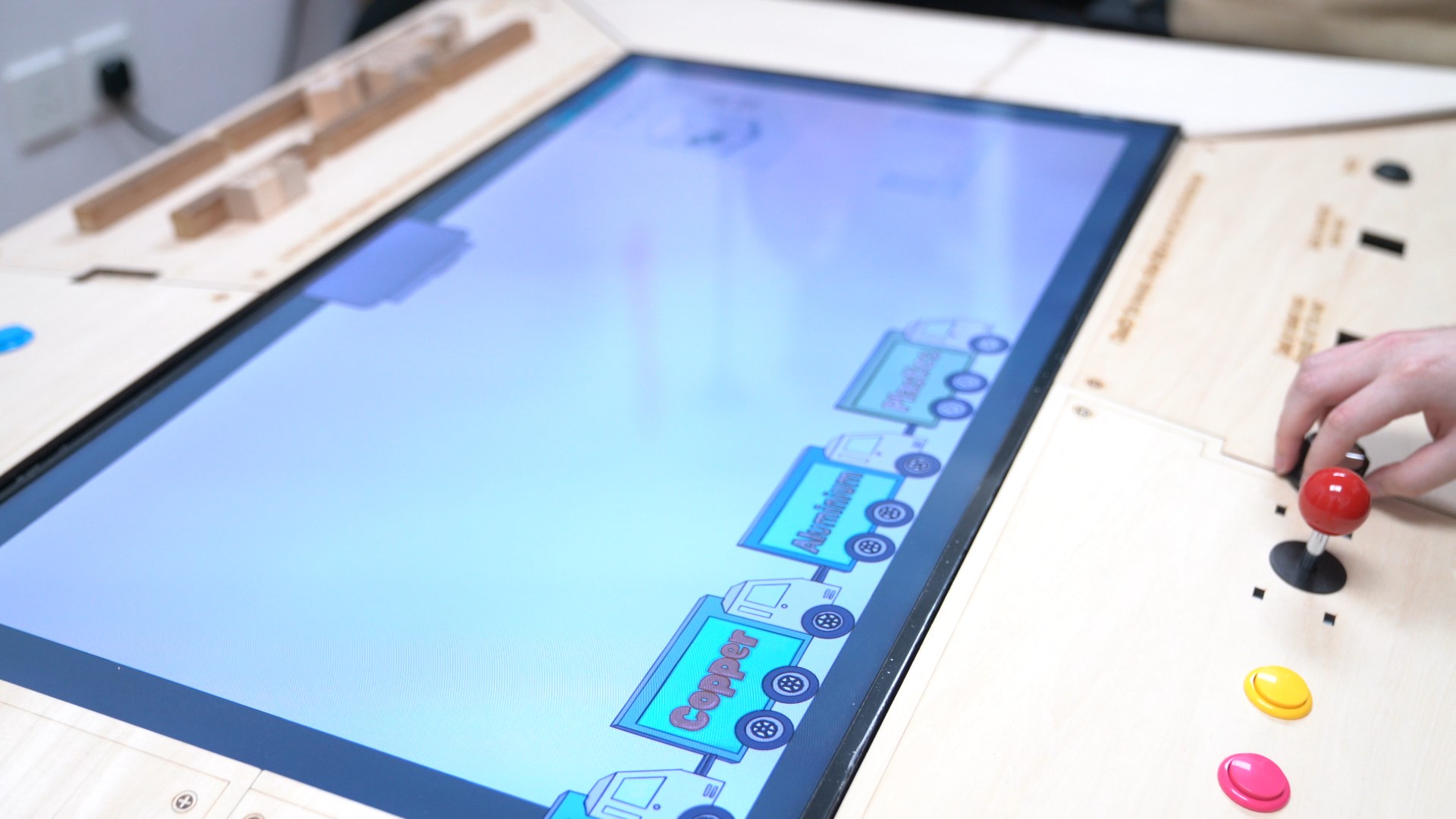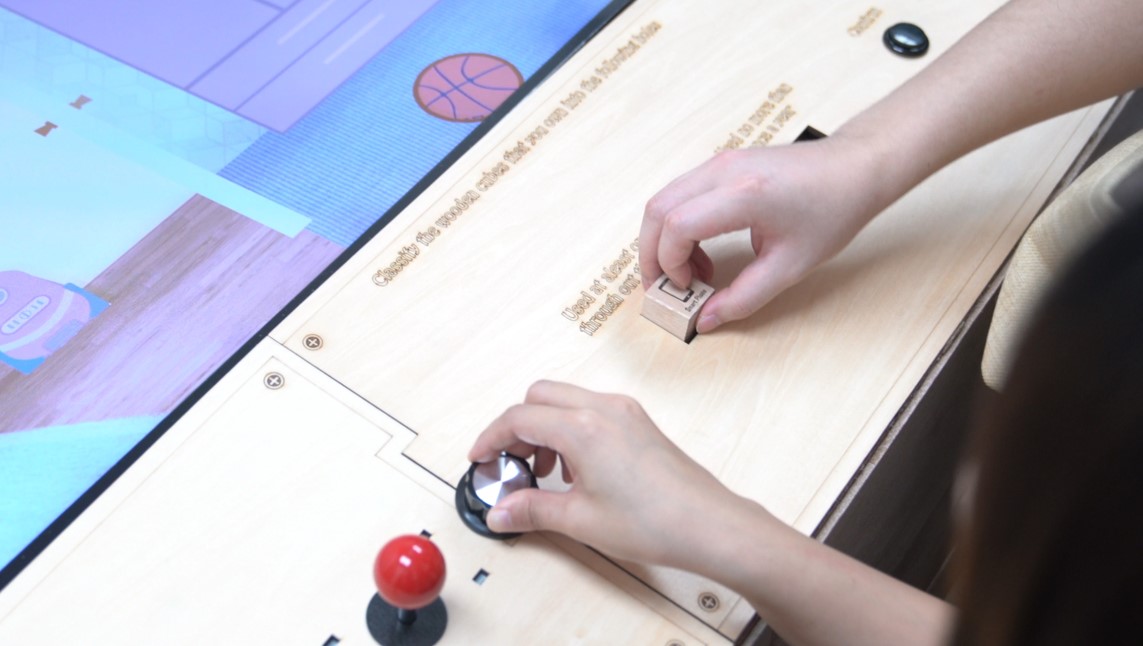Trash City
Game Installation
AU Sin Yu, Amy, CHAN Lok Hin, Joe, LIM Kam Yu, Kami
歐倩茹、陳樂軒、林錦渝
asyamyau01@hotmail.com
hynnchan@gmail.com
kamilimky@gmail.com
https://asyamyau01.wixsite.com/portfolio/
https://hynnchan15.wixsite.com/mysite
https://kamilimky.wixsite.com/website
Abstract
Trash City is an installation game based on the theme “e-waste”. It is a single-player game device that contains four parts – Tangible Questionnaire, Wooden Cube Classification, Mini Games, and Animation Endings. The hook of the installation is “Rational Consumption, Proper Disposal”. The design concept is to help the players review their consumer behaviour and get a deeper understanding of the e-waste recycling process.
The installation turns the traditional paper questionnaires into a tangible questionnaire to collect some consumption behaviour of Hong Kong people. The wooden cube classification part requires the players to classify their electronic devices into two holes, used within this year and have not been used over 1 year, to remind them there are lots of out of use products at home. There are also three mini-games to introduce the three main steps of the e-waste recycling process. Based on consumer behaviour and the game performance of the players, the system will generate a corresponding ending.
Artist Statement
Trash City is an installation talk about “Rational Consumption and Proper Disposal”. We want to raise awareness of the excessive consumption of electronic devices and promote E-recycle to the public.
— Joe
When it comes to making a game, the first thing I come up with is funny buttons and sensors. The game experience of physical interaction is unique, as Real buttons are more tactile than virtual ones, just like when we visit the museums, there is some flight simulator, which is always impressive, as you will feel like you are in a real plane. That’s why we want to make it by the installation. I would say no matter how technology grows, physical games are not replaceable.
— Amy
The major difficulties we have encountered is the performance of the software. Since we used Arduino to receive the input from players and keep passing the data to processing, it causes a long lag and delay. We write a new algorithm to ask the Arduino to send out data only if the players do an action. The issue that we have never had before is the serious shipping delay, so we can only finish all the software parts first.
—Kami
We want people to experience our installation as a consumer and remind them what you do is affecting the environment. What our city will become, it’s all about your choice.
—Joe



